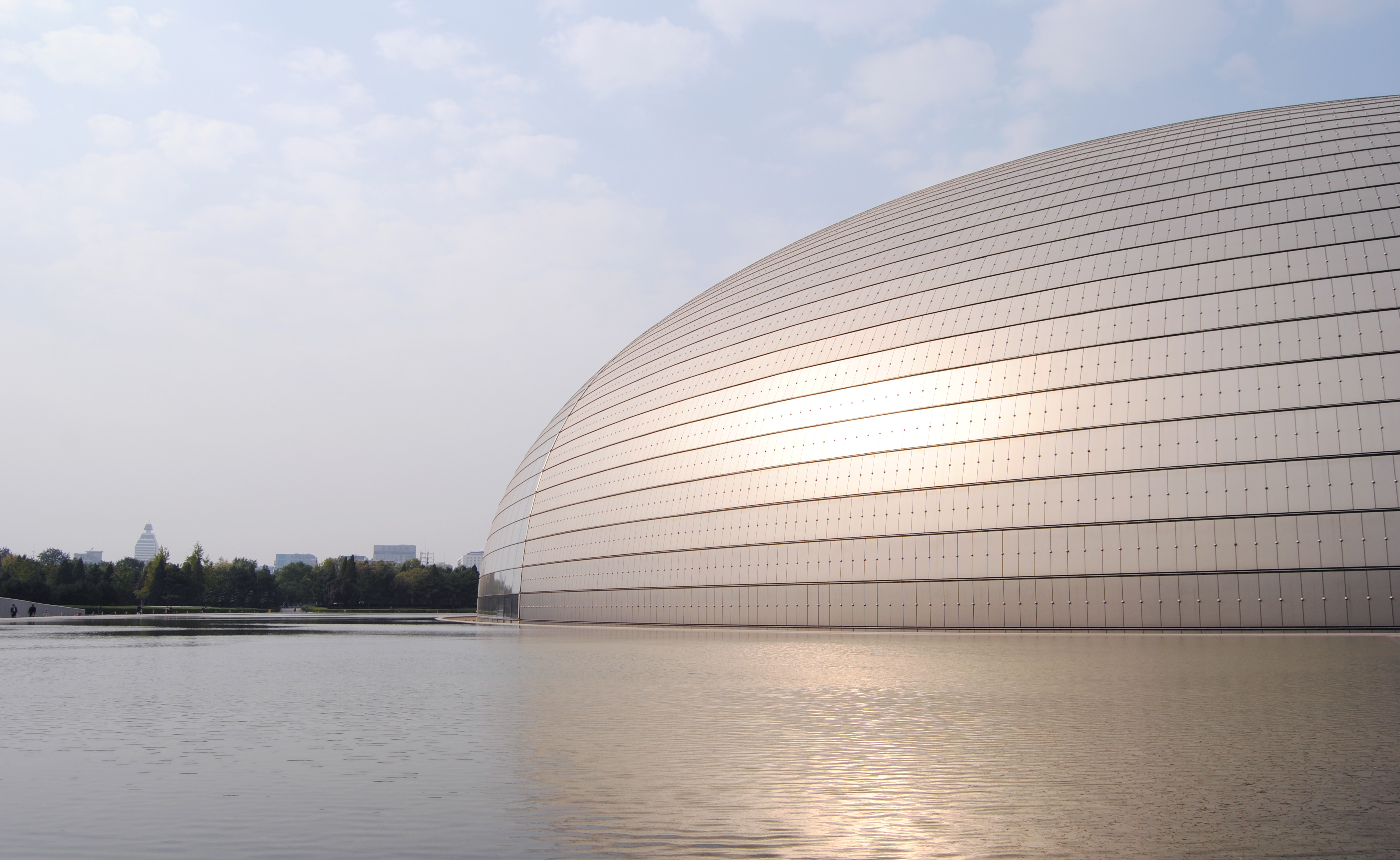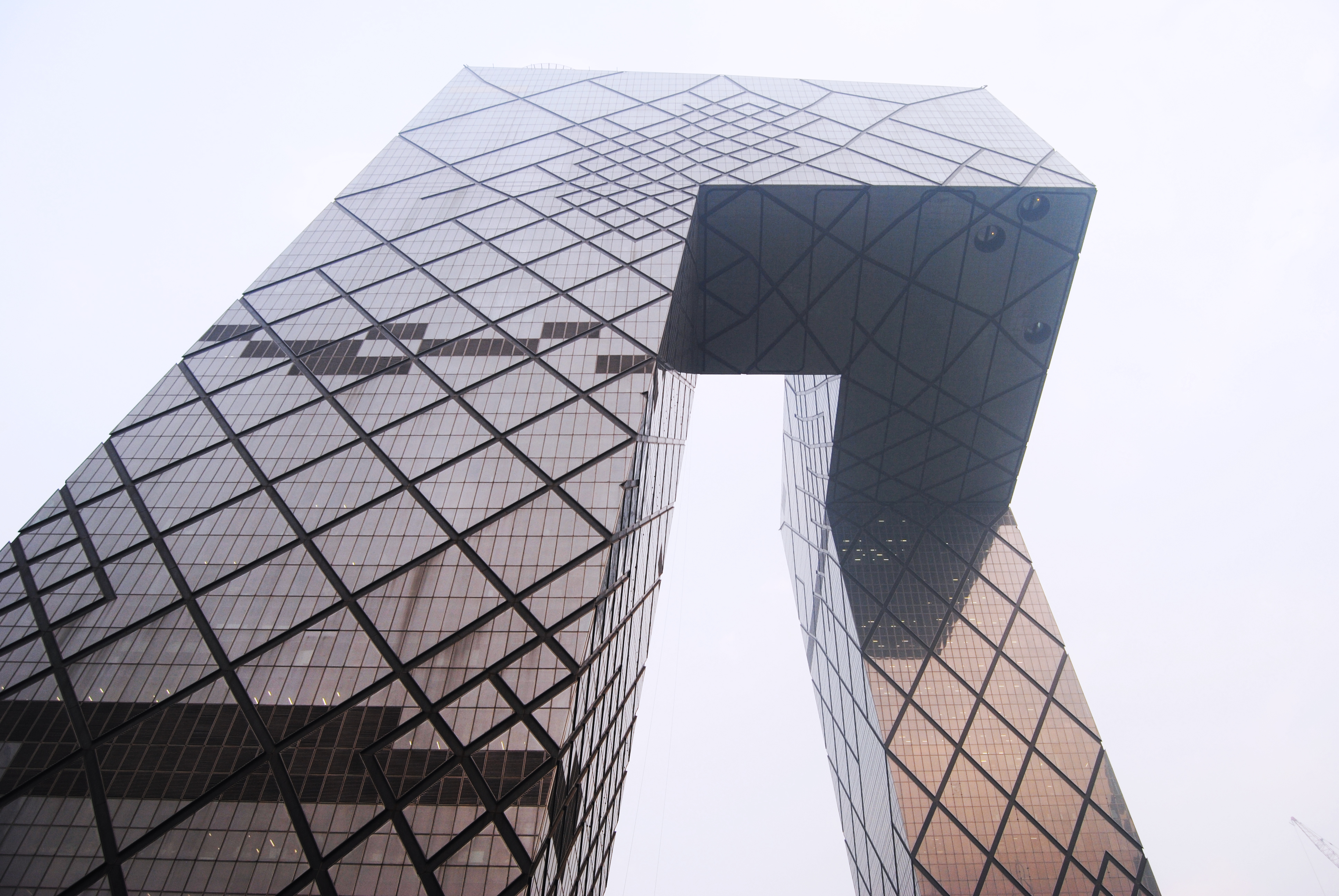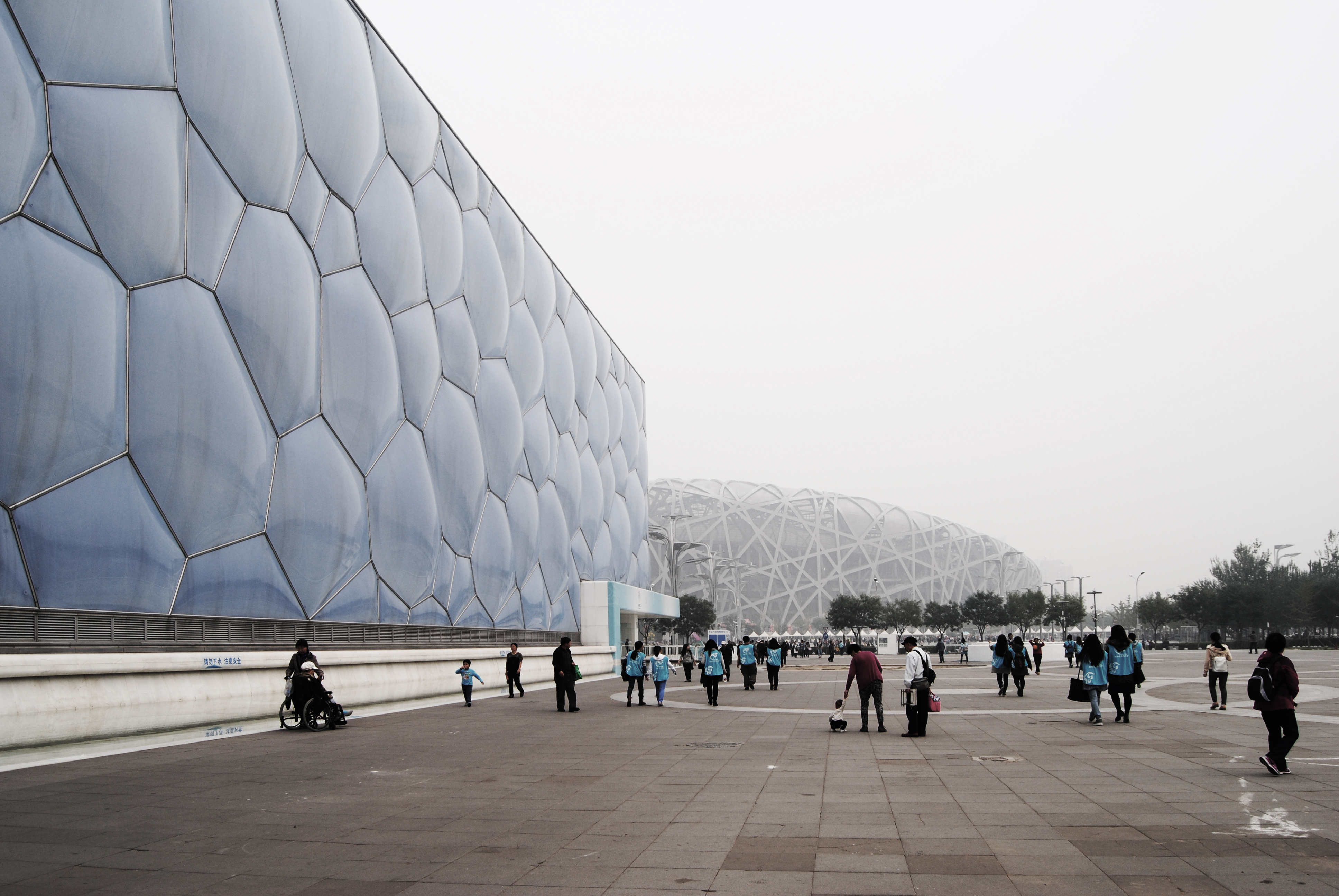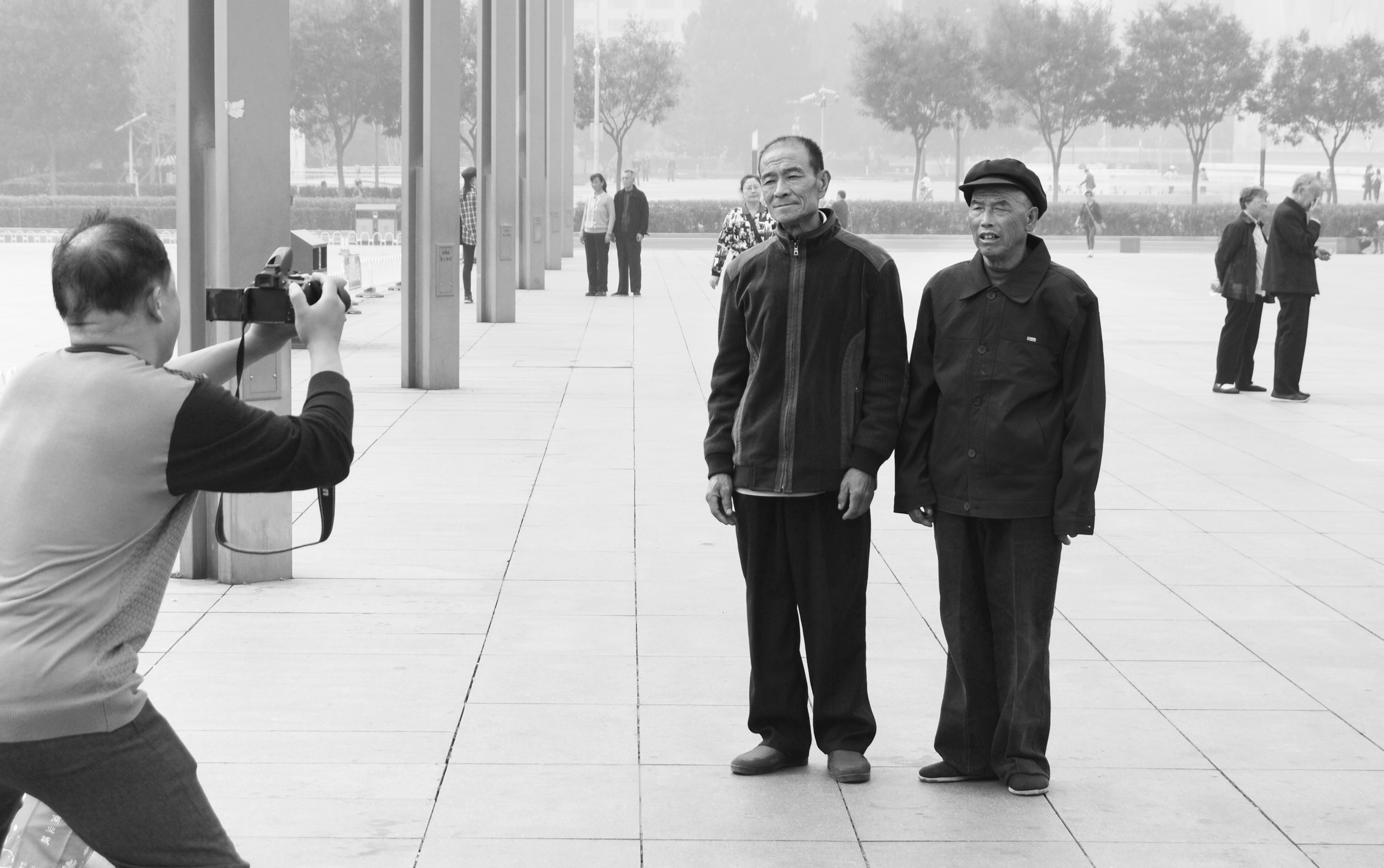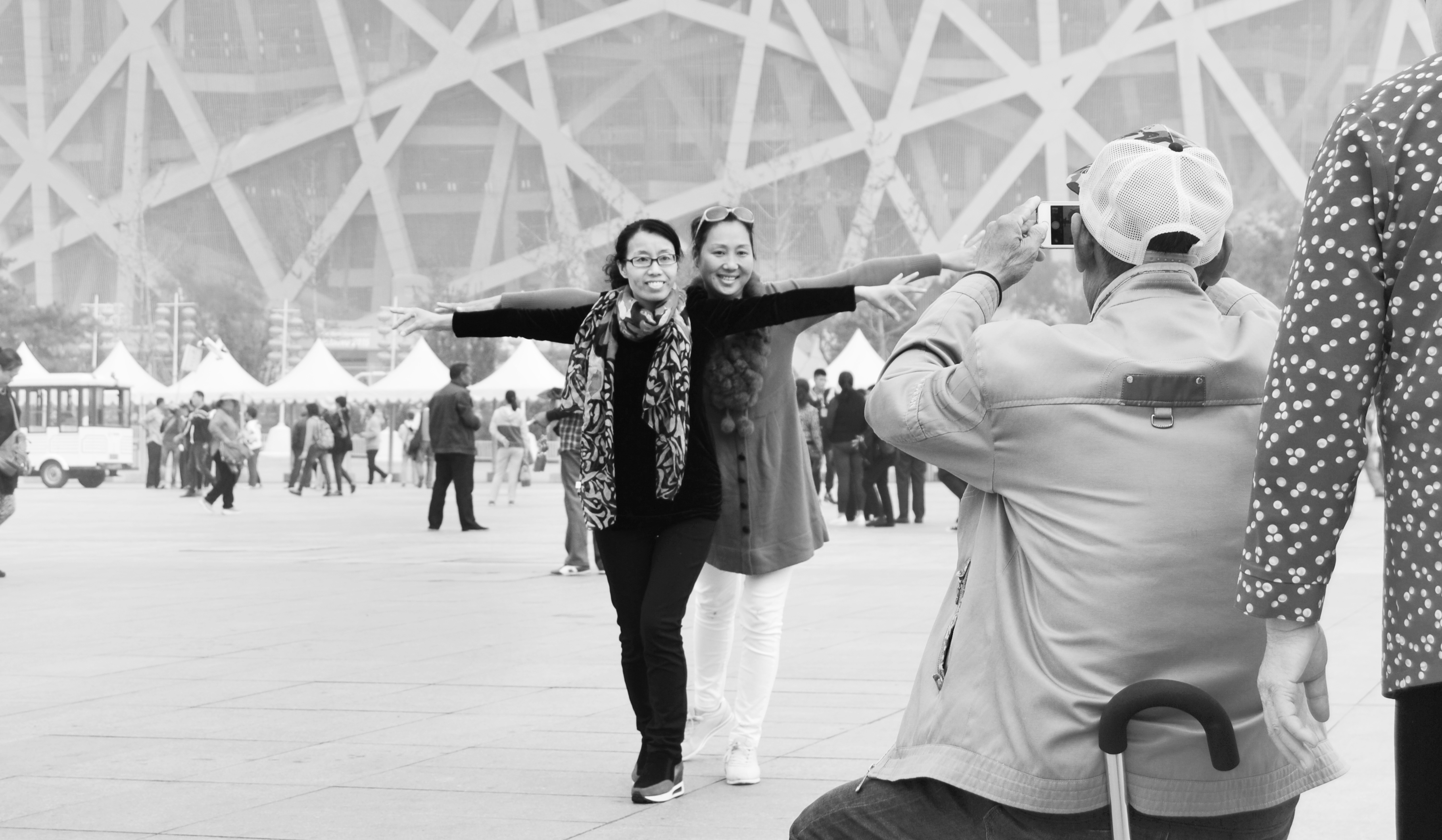What immediately comes to mind regarding to modern architecture in Asia is folowing: it is simple, formal, symbolic and carries a simple message — what is higher, larger and longer is better.
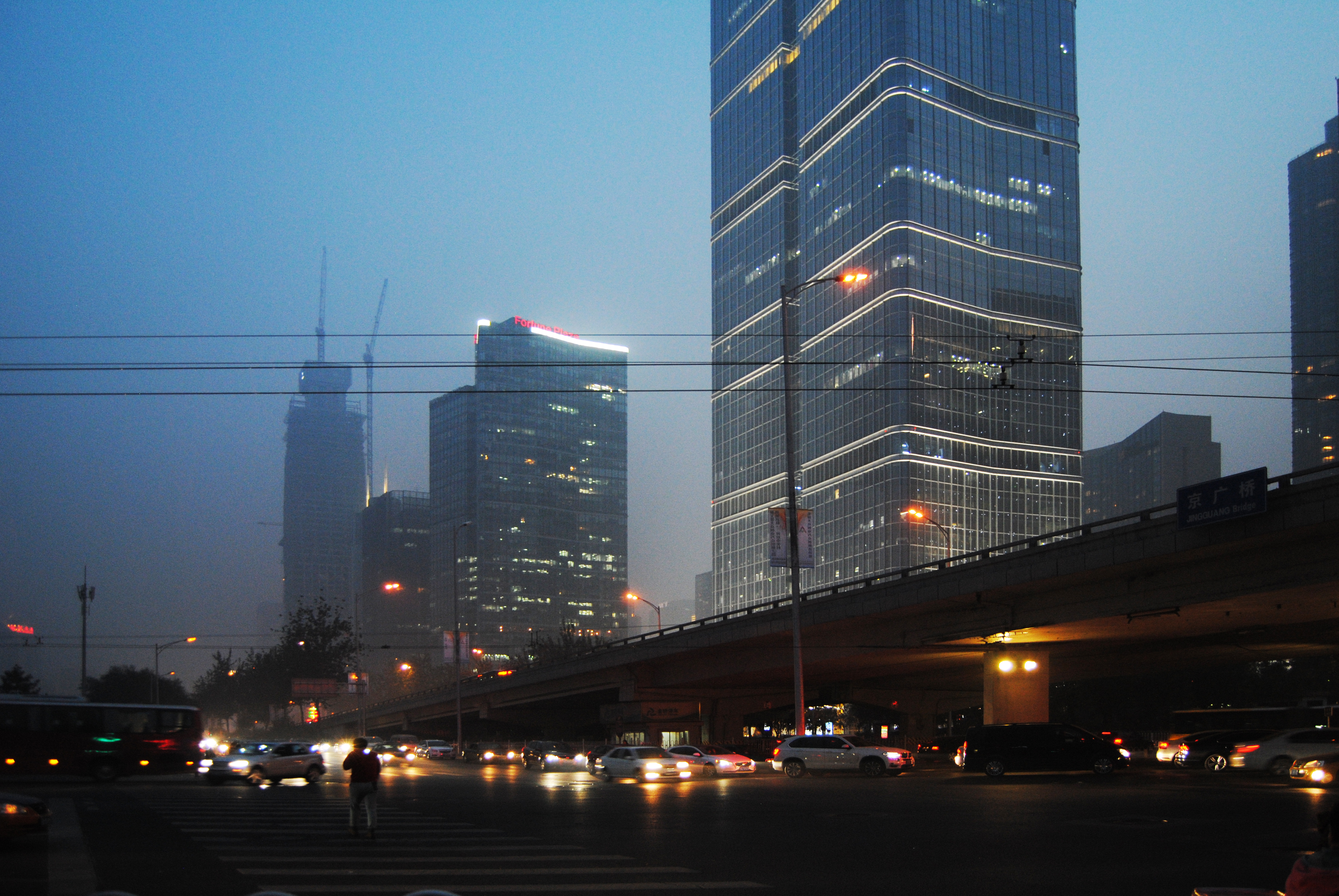
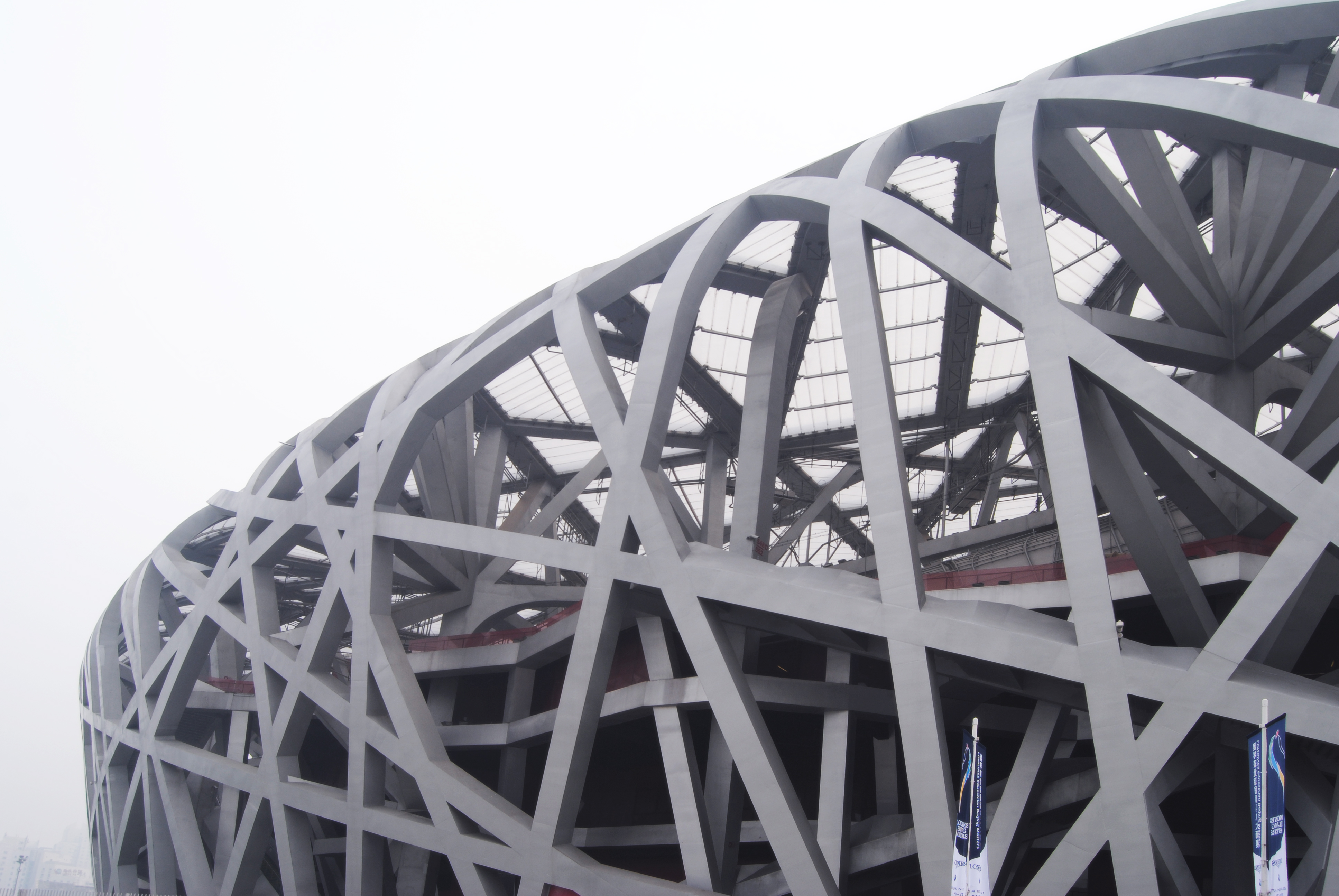
It is like a picture made with a big brush of primitive geometry. Sphere, nest, cube, digital form are all the first-level simple figures. Perhaps I would’t be suprised if saw something like «violin-house» or «hand-house» because it is very asian approach. After all, it makes asian architecture so different from the european one with its attention to detail. In europe this kind of simple form would look primitive.
I have a feeling that we can clearly see now a transitional period in the development of the Asian region, when technology is already there and the money is already here, but the way of thinking and the culture of society are still need time to get changed from village to town. The same process of mass urbanisation we already had in Europe (mid 19th century), in Russian Impire (early years of the 20th century). It was time, when a huge mass of village population broke cities first, but dissolved into it after some time.
This kind of process is very typical for fast-growing economical systems which China is now. Perhaps in 50 years this phase will end and it will be hard to recognize dozens of newly-built and quickly-settled chinese cities since it will already have some cultural layout.

Beijing life is so bubbling, but not in some rational way like financial center, but chaotically bubbling like market. Colorful, identical, amazing, you have so much fun watching it from outside. But at first it makes crazy: bacically, eventhough it is so old, it is still very new, re-populated, and has no rules.
Sometimes people jokingly use the phrase «the big village» related to some cities, meaning that citizens know each other well. I have an opposite opinion — people in a city should know each other, it is normally. It makes posssible developing of certain rules of the urban community to regulate community life in the city. When people live close and densed, they tend to have a strong interdependence. Simple example — if city is attacked by the enemy, the entire population will come to defend the city wall, because this is related to everyone.
In the village they don’t have it. The main tentency is independence, when people do not know each other and do not involved in one community, like they do in the cities. That is why cities do have rules to regulate everyday life, villages do not.
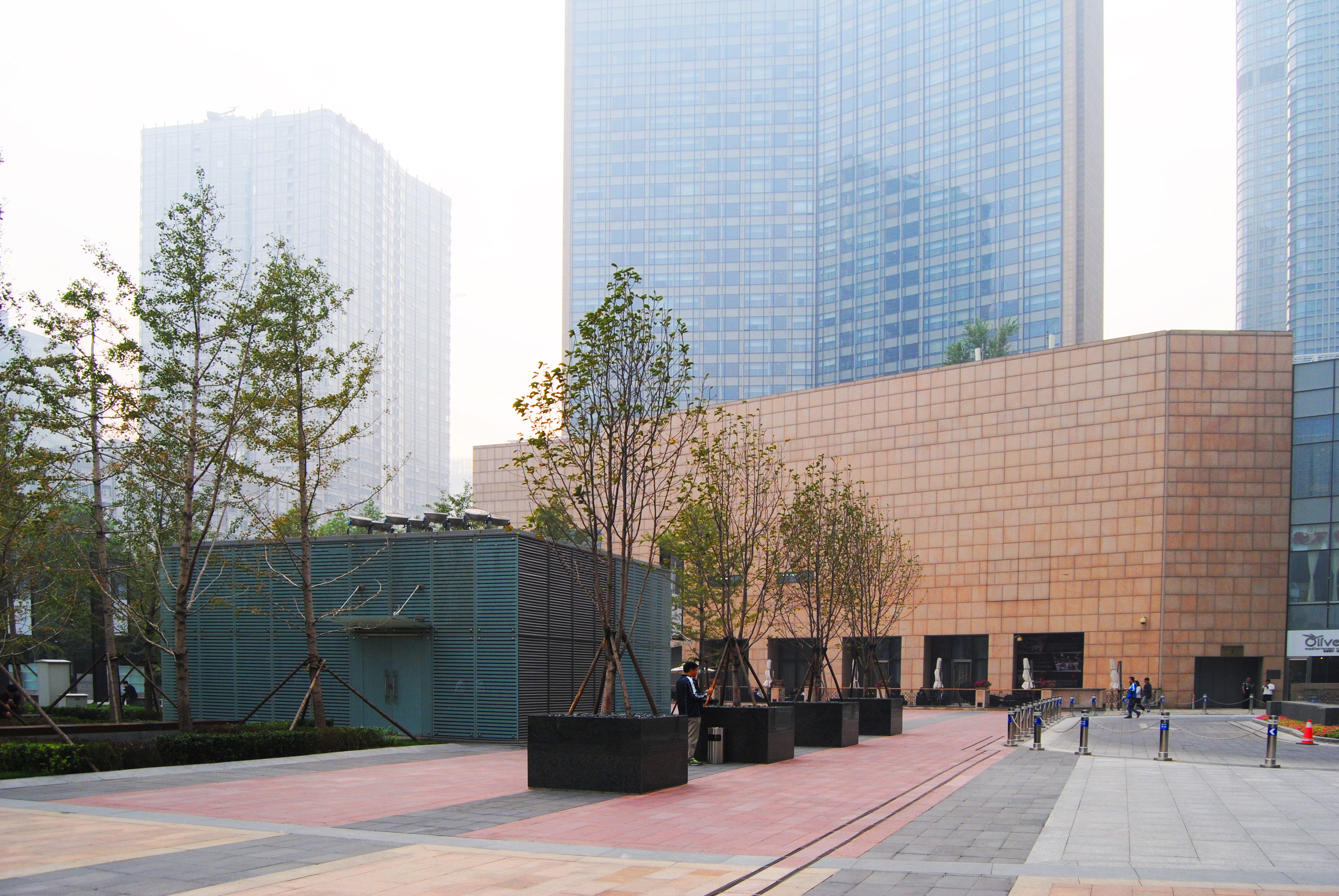
So, when, due to certain reasons, the huge quantity of villagers come to the city in a very short time, what will happen here? Villagers keep living according to «independence» way, in a way convinient to each personally, because basically «just-arrivers» (let us call like this all the first generation of citizens) do not feel that responsibility of «interdependence». That is why young cities have this spirit of no rules. No rules on the road, no rules in a public service sphere, no rules in everyday city life.
But what is great about it. Seing this kind of process we can be sure it new culture is appearing on our eyes. So young, rocky and crazy like a teenager. And, maybe we will never see it like this anymore.
[recent_posts only_swipe=»false» autoplay=»4000″ number_of_posts=»5″ title=»» type=»image_title» category=»personal» ]
